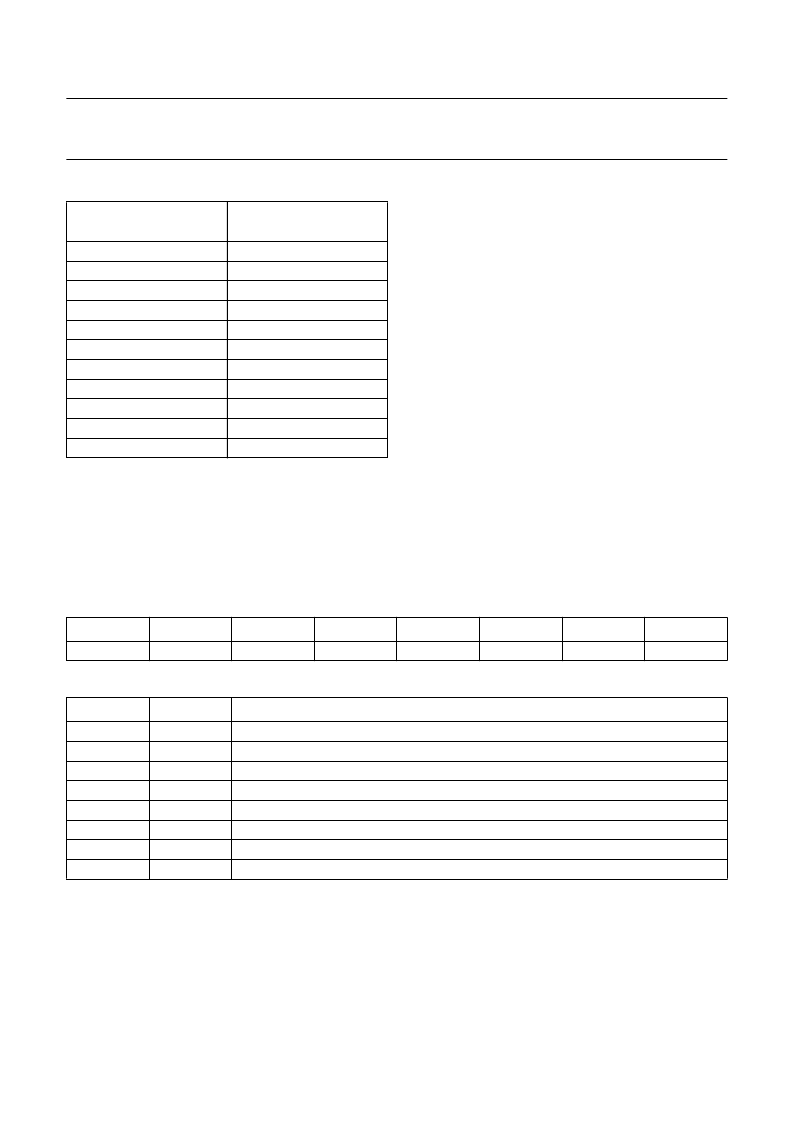- 您現(xiàn)在的位置:買賣IC網(wǎng) > PDF目錄382377 > PCA5007 (NXP Semiconductors N.V.) Pager baseband controller PDF資料下載
參數(shù)資料
| 型號(hào): | PCA5007 |
| 廠商: | NXP Semiconductors N.V. |
| 英文描述: | Pager baseband controller |
| 中文描述: | 傳呼機(jī)基帶控制器 |
| 文件頁(yè)數(shù): | 43/112頁(yè) |
| 文件大小: | 604K |
| 代理商: | PCA5007 |
第1頁(yè)第2頁(yè)第3頁(yè)第4頁(yè)第5頁(yè)第6頁(yè)第7頁(yè)第8頁(yè)第9頁(yè)第10頁(yè)第11頁(yè)第12頁(yè)第13頁(yè)第14頁(yè)第15頁(yè)第16頁(yè)第17頁(yè)第18頁(yè)第19頁(yè)第20頁(yè)第21頁(yè)第22頁(yè)第23頁(yè)第24頁(yè)第25頁(yè)第26頁(yè)第27頁(yè)第28頁(yè)第29頁(yè)第30頁(yè)第31頁(yè)第32頁(yè)第33頁(yè)第34頁(yè)第35頁(yè)第36頁(yè)第37頁(yè)第38頁(yè)第39頁(yè)第40頁(yè)第41頁(yè)第42頁(yè)當(dāng)前第43頁(yè)第44頁(yè)第45頁(yè)第46頁(yè)第47頁(yè)第48頁(yè)第49頁(yè)第50頁(yè)第51頁(yè)第52頁(yè)第53頁(yè)第54頁(yè)第55頁(yè)第56頁(yè)第57頁(yè)第58頁(yè)第59頁(yè)第60頁(yè)第61頁(yè)第62頁(yè)第63頁(yè)第64頁(yè)第65頁(yè)第66頁(yè)第67頁(yè)第68頁(yè)第69頁(yè)第70頁(yè)第71頁(yè)第72頁(yè)第73頁(yè)第74頁(yè)第75頁(yè)第76頁(yè)第77頁(yè)第78頁(yè)第79頁(yè)第80頁(yè)第81頁(yè)第82頁(yè)第83頁(yè)第84頁(yè)第85頁(yè)第86頁(yè)第87頁(yè)第88頁(yè)第89頁(yè)第90頁(yè)第91頁(yè)第92頁(yè)第93頁(yè)第94頁(yè)第95頁(yè)第96頁(yè)第97頁(yè)第98頁(yè)第99頁(yè)第100頁(yè)第101頁(yè)第102頁(yè)第103頁(yè)第104頁(yè)第105頁(yè)第106頁(yè)第107頁(yè)第108頁(yè)第109頁(yè)第110頁(yè)第111頁(yè)第112頁(yè)

1998 Oct 07
43
Philips Semiconductors
Product specification
Pager baseband controller
PCA5007
Table 37
Offset coding (two’s compliment)
6.17.1.2
Clock recovery
The clock recovery regenerates the synchronization clock
using the edges of the incoming NRZ data. When the NRZ
data have no edges for a long time, the synchronization is
maintained by means of the correction information from
the clock correction block.
OFFSET (Hz)
MAGNITUDE
(AVG6 TO AVG0)
9450
9300
...
300
150
0
150
300
...
9300
9450
0111111
0111110
...
0000010
0000001
0000000
1111111
1111110
...
1000001
1000000
The recovered clock is used to sample and shift to left into
an internal register one bit each symbol period in 2-FSK
and two bits in 4-FSK. The symbol period is determined by
bits BD2 to BD0. On the basis of BD bits the demodulator
filter length is also set.
In the clock recovery, a pulse (SYMCLK) is generated
each N-bit, where ‘N’ is defined by means of bits B2 to B0.
This pulse is used to update the DMD3 register. Moreover,
it can be used as an interrupt to the processor through the
IRQ1.3 (symbol interrupt).
The interrupt informs the controller that ‘N’ bits are
available in the DMD3 register.
6.17.2
D
EMODULATOR
C
ONTROL
R
EGISTER
(DMD0)
The demodulator control register DMD0 contains the
control bits for enabling the demodulator function and
setting its mode and data rate.
Table 38
Demodulator Control Register (DMD0, SFR address ECH)
Table 39
Description of the DMD0 bits
7
6
5
4
3
2
1
0
ENB
M
RES
LEV
BD2
BD1
BD0
BIT
SYMBOL
FUNCTION
DMD0.7
DMD0.6
DMD0.5
DMD0.4
DMD0.3
DMD0.2
DMD0.1
DMD0.0
ENB
M
RES
LEV
BD2
BD1
BD0
enable demodulator function
mode selection: logic 0 = I/Q from zero-IF receiver, logic 1 = NRZ data
not used
reserved for future implementation
if set to logic 0 2-FSK demodulation, if set to logic 1 4-FSK demodulation
baud rate setting; see Table 40
相關(guān)PDF資料 |
PDF描述 |
|---|---|
| PCA5007H | Pager baseband controller |
| PCA5010 | Pager baseband controller |
| PCA5010H | Pager baseband controller |
| PCA82C200 | STAND-ALONE CAN-CONTROLLER |
| PCA82C200P | STAND-ALONE CAN-CONTROLLER |
相關(guān)代理商/技術(shù)參數(shù) |
參數(shù)描述 |
|---|---|
| PCA5007H | 制造商:PHILIPS 制造商全稱:NXP Semiconductors 功能描述:Pager baseband controller |
| PCA5007H/XXX | 制造商:未知廠家 制造商全稱:未知廠家 功能描述:8-Bit Microcontroller |
| PCA5010 | 制造商:PHILIPS 制造商全稱:NXP Semiconductors 功能描述:Pager baseband controller |
| PCA5010H | 制造商:PHILIPS 制造商全稱:NXP Semiconductors 功能描述:Pager baseband controller |
| PCA5010H/XXX | 制造商:未知廠家 制造商全稱:未知廠家 功能描述:MICROCONTROLLER|8-BIT|8051 CPU|CMOS|QFP|48PIN|PLASTIC |
發(fā)布緊急采購(gòu),3分鐘左右您將得到回復(fù)。